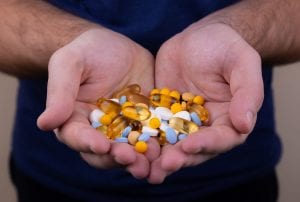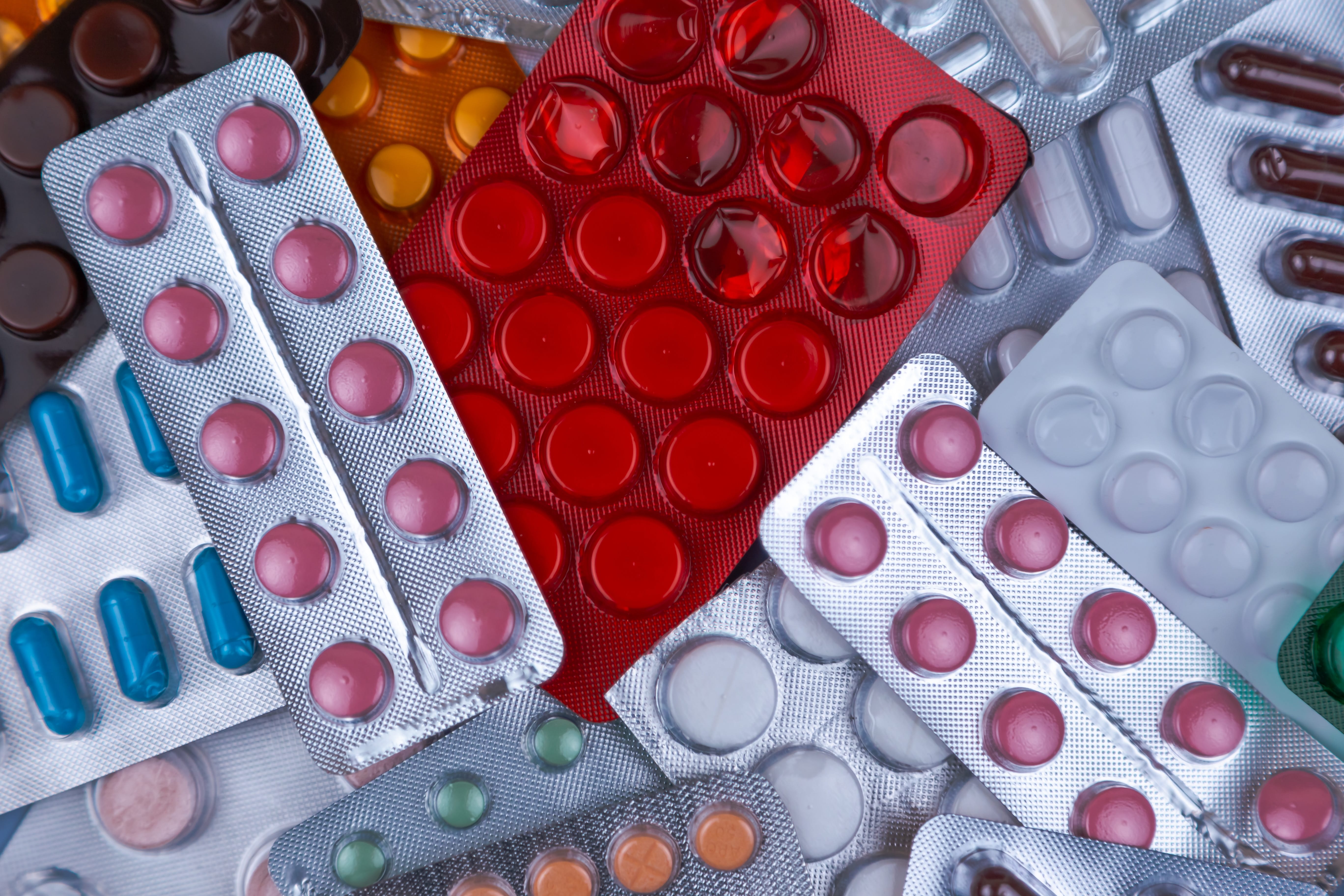There could be a dangerous shortage of antibiotics in the near future, WHO warns.
In two new studies, the World Health Organization (WHO) has claimed “only government intervention can fix the broken market for new antimicrobial drugs.” With the pipeline for new antibiotics slowing down significantly and bankruptcies driving pharmaceutical companies from the game, WHO issued a warning about the global threat of drug resistant infections as a result of low supply. The organization said 700,000 people die each year because medications that once cured their conditions are no long effective.
“Yet the vast majority of the sixty new antimicrobial products in development worldwide are variations on existing therapies, and only a handful target the most dangerous drug-resistant infections,” the agency said in a report, adding, “We urgently need research and development. We still have a window of opportunity, but we need to ensure there is investment now, so we don’t run out of options for future generations.”

Sarah Paulin, technical officer of Antimicrobial Resistance and Innovation at the WHO and an author of two reports, one analyzing drugs being tested on patients and another that looked those still in the early stages of development, said, “Without government intervention, the United Nations estimates that resistant infections could kill ten million people annually by 2050 and prompt an economic slowdown to rival the global financial crisis of 2008.”
WHO also warned that while antibiotics are extremely important to fighting dangerous illnesses and saving lives, they are only taken for a short period of time, which makes them not very profitable for drug manufacturers who are still producing medications.
“Without such incentives, I’m worried these innovative companies developing new medicines will struggle to obtain the resources they need to fully develop them and bring these breakthroughs to patients,” said Greg Frank, director of Working to Fight AMR, an advocacy group funded by the pharmaceutical industry.
WHO identified 252 agents that it believes are very real threats. These include E. coli, salmonella and the bacteria that cause gonorrhea. “Only eight new antibiotics have been approved since 2017,” it said, “and most are derivatives of existing drugs.”
It can take a decade and cost more than $2 billion to develop a new antibiotic and bring it to market. In the meantime, many experts worry that some of the therapies in the pipeline will fall through because of limited funding.
“We can’t have more companies going bankrupt,” said Dr. Helen Boucher, an infectious disease specialist at Tufts Medical Center and a member of the Presidential Advisory Council on Combating Antibiotic-Resistant Bacteria. “If the pipeline remains this anemic, that’s going to have real implications for our patients.”
“Never has the threat of antimicrobial resistance been more immediate and the need for solutions more urgent,” says Dr. Tedros Adhanom Ghebreyesus, Director-General of WHO. “Numerous initiatives are underway to reduce resistance, but we also need countries and the pharmaceutical industry to step up and contribute with sustainable funding and innovative new medicines.”
“It’s important to focus public and private investment on the development of treatments that are effective against the highly resistant bacteria because we are running out of options,” says Hanan Balkhy, WHO Assistant Director-General for Antimicrobial Resistance. “And we need to ensure that once we have these new treatments, they will be available to all who need them.”


Join the conversation!